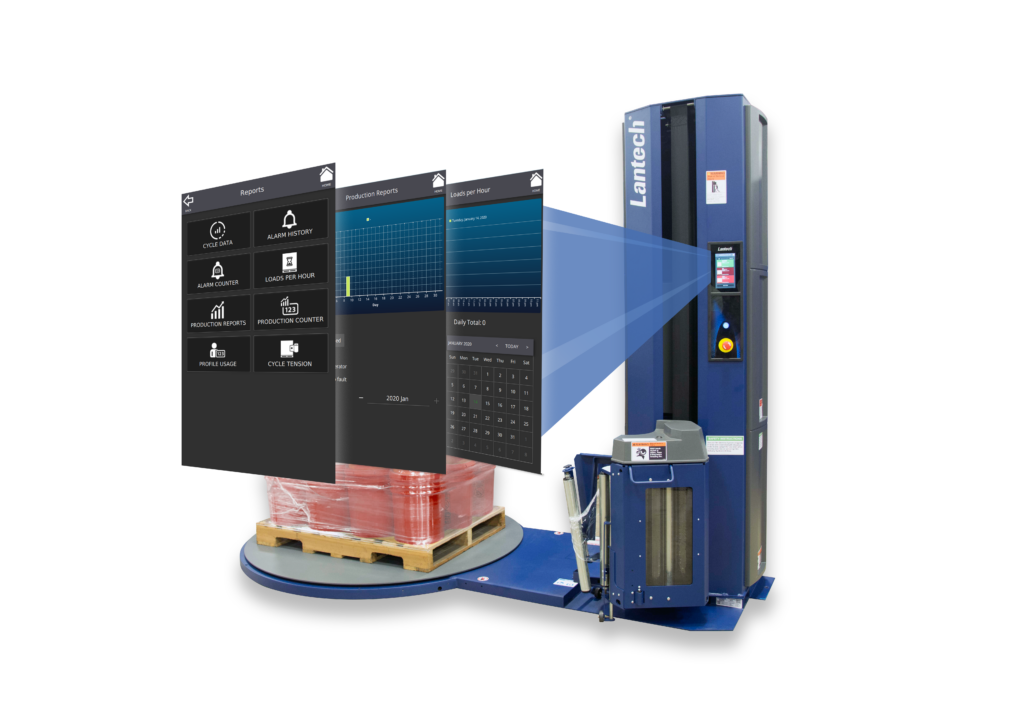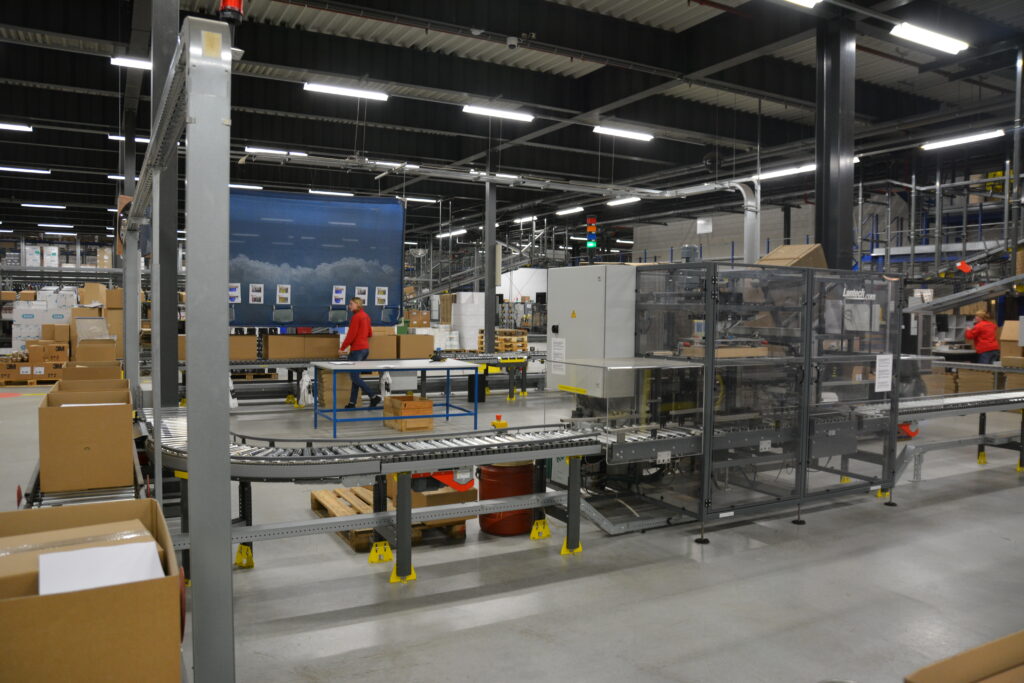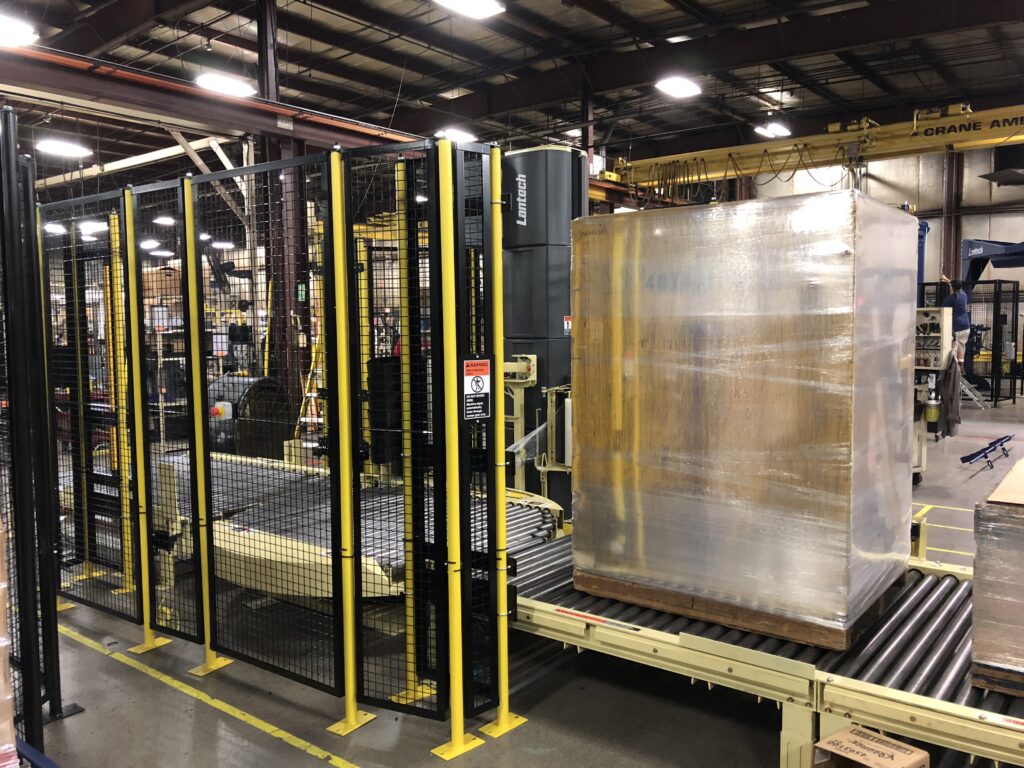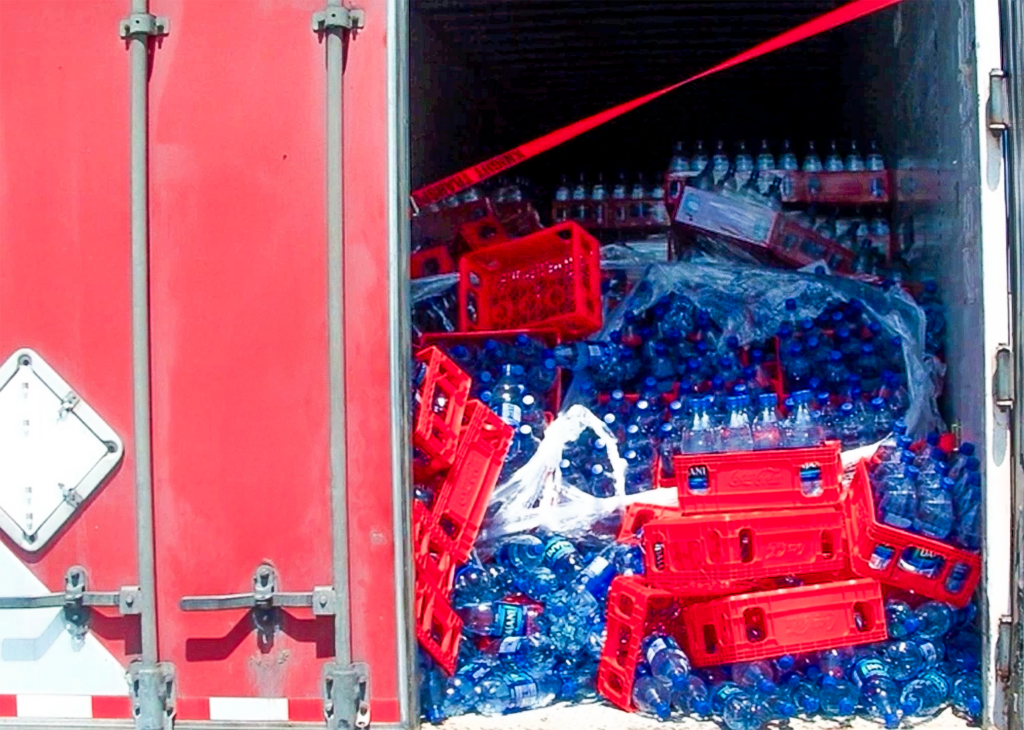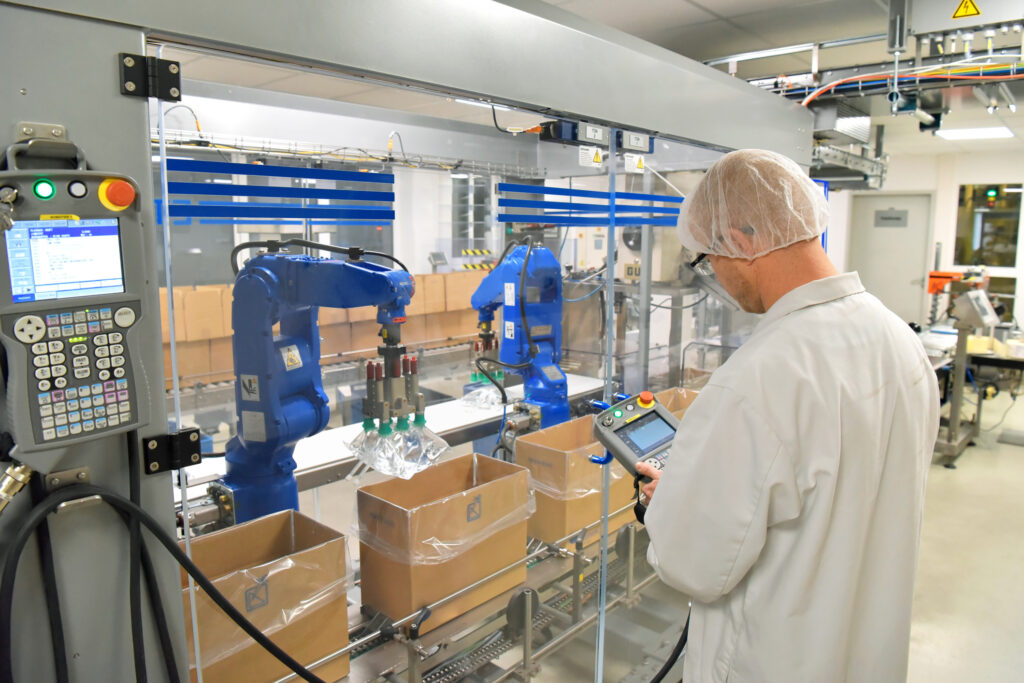No man’s land
One needn’t be a huge Game of Thrones fan to understand a casual reference to “beyond the wall.” In the show, once the rangers of the Night’s Watch go “beyond the wall,” they are on their own in a world characterized by chaos and brutality.
How’s that relevant to stretch wrapping and operational equipment effectiveness (OEE)?
Your pallets and product often face a world much like the rangers of the Night’s Watch!
From the production floor….
Most companies have very rigorous production processes, quality criteria and primary packaging expectations. Manufacturers have no higher priority than to make their products as consistently and safely as possible.
Management science provides tools such as Lean and Six Sigma to guide the process. Accountability for production targets is shared by teams from the shop floor to management. Defects are tracked and formal programs support consistent OEE of production and primary packaging equipment.
Standards, set-up sheets, formal quality specifications, efficient changeover and minimal downtime are common in factories which emphasize OEE – defined by the great resource site OEE.com as Availability X Performance X Quality.
It’s a well oiled machine – figuratively and literally.
to the warehouse….beyond the wall
In many factories there’s a physical barrier that defines the product manufacturing and primary packaging space. It’s natural. Cleanliness, regulatory requirements, safety and other factors indicate that there should be containment of the manufacturing space in many facilities.
But the barrier is often more than physical. There’s a difference in the way operations are measured and viewed – a difference which is often subtle and detrimental to a company’s profitability and commitment to high standards.
It’s not so much that warehouse operations are ignored. They’re not. Fork trucks undergo preventive maintenance, warehouse management systems (WMS) are important tools in many operations, and the products made inside the wall are routinely shipped to satisfy orders and meet deadlines.
Download our free guide to Lean Loading Dock Operations
Rather the intensity of focus fades “beyond the wall.” Companies know that material handling operations are important, and capable teams of people work with equipment and systems to move products efficiently. But quality is measured differently. Rather than a perfect product/package, beyond the wall there’s a simpler, survival, formula for quality. It’s usually something along the lines of:
- load is stretch wrapped
- bill of lading is completed
- shipment is made on time
Costly implications
That’s got some interesting organizational implications. Once quality product is made and shipped most organizations manage costs which arise after that (for instance shipping damage or freight claims) with sales allowances. That’s clearly a cost to the company, but it’s one which is built into someone’s budget and doesn’t adversely affect their P&L as a continuous stream of defective product coming off the production line would the plant’s GM.
The costs actually begin to accumulate in several areas. First is the damaged/unsalable product itself. It’s hard, as noted above, to quantify that specifically. Research done several years ago by the Grocery Manufacturers Association seemed to indicate that typical rates may be in the 1/2% range. Assuming grocery products are a reasonable proxy for consumer packaged goods (CPG) in general, that’s a huge cost being absorbed in the retail supply chain.
There’s also the cost to sustainability efforts of that volume of unsalable product being dumped in landfills.
While those may be the most alarming and significant costs, there’s a low grade cost which seeps into most plants stretch wrapping operations and eats at profits every day. That’s sub-optimal OEE and inflated stretch film costs.
Stretch wrapping OEE optimization opportunities
Stretch wrapping OEE should consider the same factors that OEE.com suggests in general – availability, performance and quality.
Let’s start with quick definitions in the context of high speed / automatic stretch wrappers.
- Availability – When your load is coming down the line, is your wrapper ready? Previous load wrapped and out of the way? No film breaks to interrupt production? No excessive maintenance downtime or costly parts?
- Performance – Is it fast enough wrapping your loads with the required containment force? Does it adequately accommodate unstable or irregular loads?
- Quality – Loads should be wrapped so that they arrive at the destination in the same condition in which they were shipped. That is a function of containment force. The good news is that containment force can be specifically measured, and is therefore thoroughly repeatable. You’ll find more on containment force here – but in short it is the minimum required force (wrap force of film X layers of film) which is required to ensure the load arrives as shipped. When this is properly established, and monitored, film consumption will not vary materially. However, when less quantitative methods, such as a set number of revolutions on the top and bottom of the load, are used then film consumption can creep up AND importantly, loads may begin to fail in transit. This of course drives up the total cost due to damage, claims, credits, etc.
Achieving optimization requires observation and documentation – consistently.
While companies understand instinctively that every machine and operation should be optimized, there’s often uncertainty what pallet wrapper performance measures to track.
That’s the other importance of containment force – it is the fundamental metric for quality to which other stretch wrapping OEE factors can be linked.
What’s the payoff?
The biggest benefit is non financial – it’s harmonizing best practices for OEE optimization inside AND beyond the wall. That reinforces the philosophical commitment to “doing things the right way.”
The bottom line benefits too in various ways:
- film economy
- reduced unsalables (sustainability and sales credit impact on bottom line)
- reduced downtime and break fix maintenance cost
- reliable production operations supports planning and forecasting
Many companies already have the systems and methodologies in place to support stretch wrapping OEE. Often the missing key is knowledge of the primary factor to track. Containment force fills that gap (and from that wrap standards, film use and more follow.)
Often the only wall that stands between an average pallet load unitization program and optimized stretch wrapping OEE is habit.
image – gameofthrones.wikia
This post was published on July 7, 2016 and updated on February 5, 2019.
July 7, 2016

